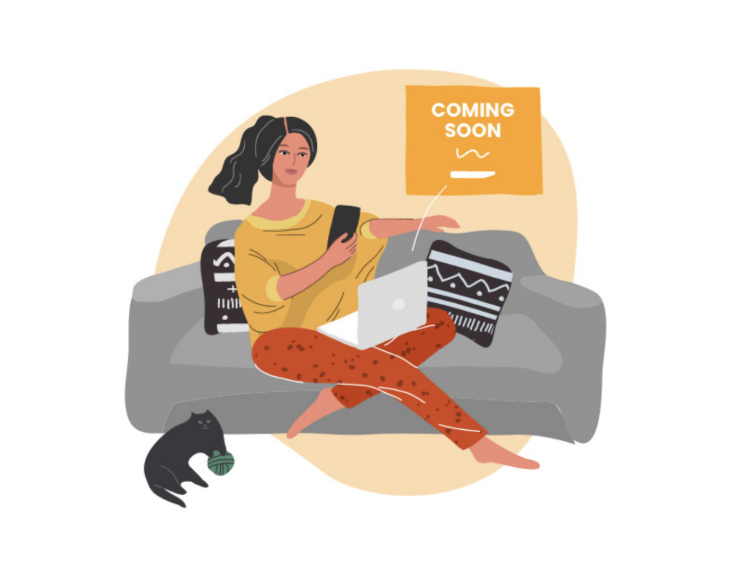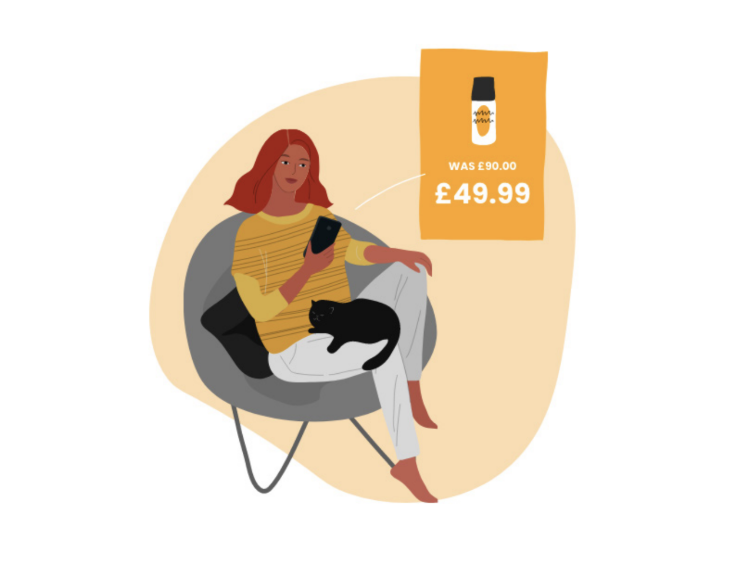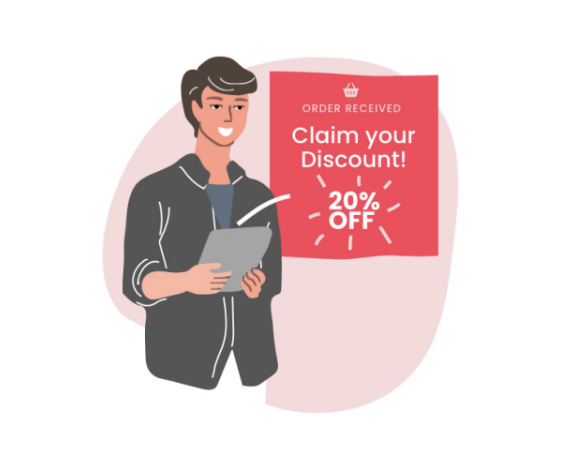
Unlock the Power of Human Behaviour in Marketing
At Human First Collective, we believe marketing should connect with people, not just personas. That’s why we put behaviour and motivation at the heart of everything we do. By combining behavioural science with digital strategy, we uncover not just what people do, but why.
By uncovering the underlying motivations that drive decision-making, we help brands create more meaningful, measurable, and ethical campaigns.
What we do: Behavioural Science meets performance
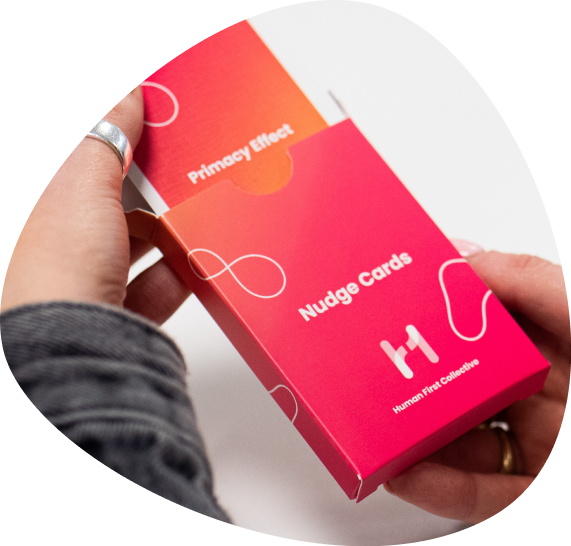
We’re a behavioural science-led collective made up of experts from across our specialist agencies: Reflect Digital, specialising in performance marketing, and LAB, providing digital experience and web transformation. Together, we help brands:
• Use nudge theory to drive customer actions
• Apply psychological principles to enhance UX, CRO and content
•Decode audience motivations and biasesRun ethical experiments and A/B tests grounded in human insight
• Bridge creative, media, and tech with behavioural thinking
We tailor our strategies to your audience’s subconscious drivers, making your marketing smarter and human-first.

Meet the Team Behind the Thinking
Our behavioural science team brings a blend of academic insight, creative curiosity, and commercial impact.
.jpg)
.jpg)
-min%202.jpg)


Introducing the behavioural Nudge Cards
Our behavioural nudge cards are a practical, creative toolkit designed to help you integrate behavioural science into your marketing.
Each card focuses on a behavioural principle like social proof, loss aversion, or choice overload, and shows how it can be used to influence decision-making.
Social Proof: People look to others to guide their own behaviour.
Try this: Add real-time stats (“2,384 others downloaded this guide”) or peer testimonials to boost trust and conversions.
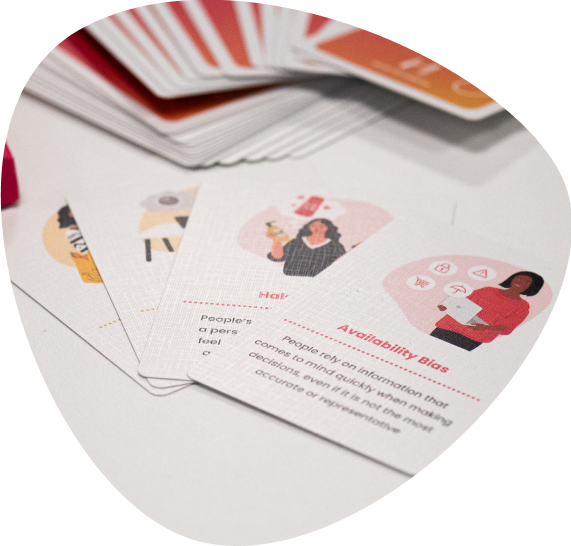
How to use nudge cards
Use these cards to spark ideas, challenge assumptions, or shape strategies, from UX designs to ads and product pages. You may already have our mini pack fo nudge cards but here’s a few ideas that can help you get started;


Want a full set of Nudge Cards? Let’s chat.
We offer full sets of our nudge cards exclusively through consultation. Why? Because these cards are powerful tools, and we want to help you get the most from them.
Book a 30-minute chat with our behavioural science team to:
• Learn how the cards work
• Discover how to apply them to your marketing
• Get your full deck and start nudging with purpose
• See how we can help you incorporate these nudges into your strategies


Some of our clients.


